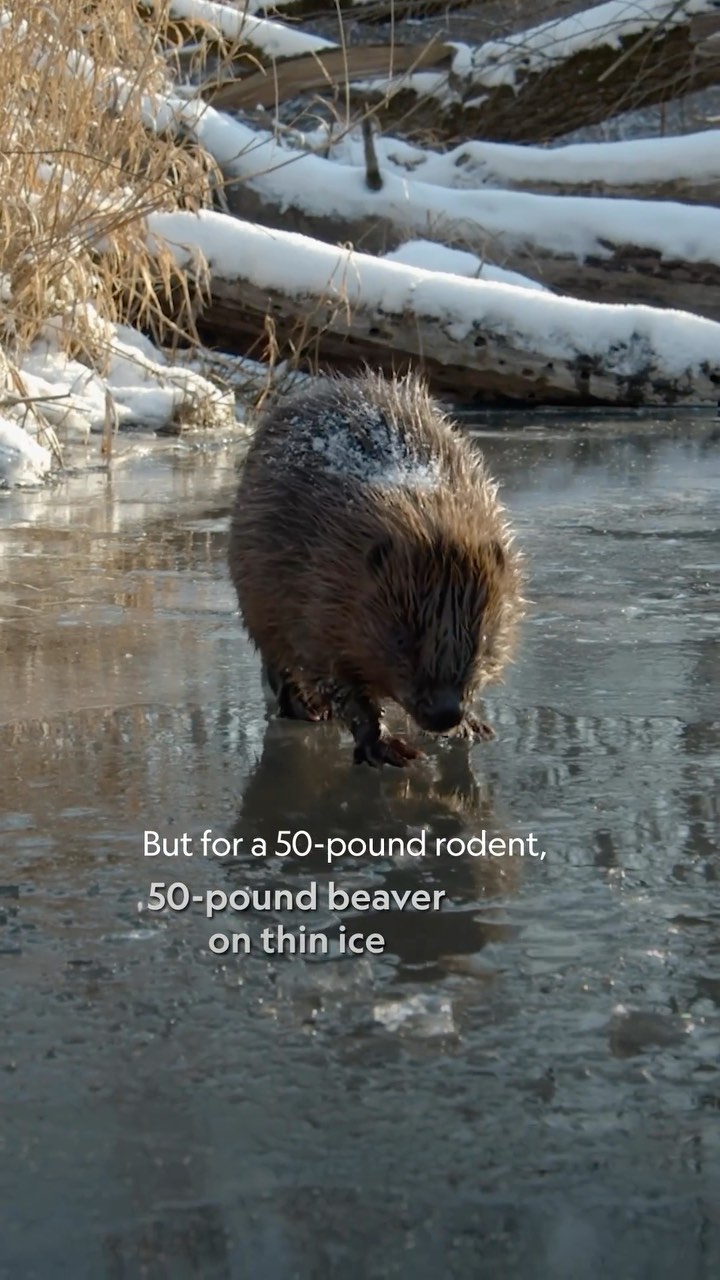– Exploring the natural engineering feats of beavers and their ecosystem benefits
– Understanding the family dynamics and social structure of beaver colonies
– Highlighting the role of beavers in wetland restoration and habitat creation
– The challenges faced by beavers in the modern world and conservation efforts
– The impact of beaver behavior on other species and ecological balance
Move over, Bob the Builder. There’s a new crew in town, and they wear fur hats and possess impressive chompers. These creatures are none other than beavers, known for their exceptional ability to transform landscapes through their natural engineering projects. Beavers are not just animals; they are aquatic architects who play a crucial role in enhancing our ecosystems.
Beavers possess a remarkable skill set that allows them to modify their environment to fit their needs. They create dams that form wetlands, habitats for numerous species and keys to preserving biodiversity. Their construction works are not random acts of gathering wood but deliberate and strategic, ensuring the stability and longevity of their homes and surrounding aquatic systems. The creation of beaver dams and lodges demonstrates a sophisticated understanding of hydraulic engineering, benefiting both the animals and their ecosystem.
The social structure within a beaver family, or colony, is fascinating, demonstrating complex behaviors and strong family bonds. Typically, a beaver colony comprises the breeding pair, recent offspring, and sometimes the young from the previous year. This close-knit group works together to construct and maintain the dam and lodge, gather food, and groom. The cooperative nature of these animals showcases the importance of family dynamics in survival and habitat construction, emphasizing that working together yields the best results for the community and environment.
Beavers play a pivotal role in wetland restoration and habitat creation. Their dams slow down river flow, resulting in the formation of wetlands—among the most productive and diverse ecosystems on the planet. These wetlands are crucial for wildlife and provide significant benefits to humans. They filter pollutants from water, mitigate floods, and recharge groundwater supplies, showcasing how beavers indirectly contribute to environmental health and human welfare.
However, beavers face numerous challenges in the modern world, from habitat destruction to conflicts with human interests. As much as their ecological engineering is praised, it can sometimes clash with human infrastructure, leading to the need for innovative solutions that allow humans and beavers to coexist harmoniously. Conservation efforts highlight the importance of beavers in ecosystems and advocate for practices that protect these animals and their habitats. Through education and innovation, it’s possible to address these challenges, showcasing the balance between development and ecological preservation.
The behavior of beavers has a ripple effect on other species and the overall ecological balance. The wetlands created by beaver dams increase biodiversity, offering habitat to various species, from fish to birds to mammals. These new habitats can boost local wildlife populations and even attract species that may not have been present before, highlighting the beaver’s role in shaping ecological communities. Moreover, by altering their surroundings, beavers contribute to the health and complexity of the ecosystems they inhabit, making them keystone species in wetland environments.
In conclusion, beavers are not just another creature in our vast ecosystem; they are environmental engineers that play a crucial role in habitat creation, water resource management, and biodiversity conservation. Their existence and activities benefit the planet in myriad ways, underscoring the interconnectedness of life and the importance of every species in maintaining ecological balance. Protecting beavers and understanding their contribution is essential for preserving the health of our planet for future generations. By ensuring the well-being of these natural builders, we safeguard the countless other lives and processes that depend on their existence.
*****
Source Description
Move over, Bob the Builder, there’s a new crew in town, and they wear fur hats and have impressive chompers! We’re talking about beavers, those amazing rodents who are architects, aquatic athletes, and champions of the ecosystem. @natgeowild
Head over to A-Z Animals to learn more about these fascinating creatures! We’ll take you on a virtual exploration of beaver dams, delve into their family dynamics, and show you why protecting beavers benefits the entire planet.
Remember, even the smallest creatures can have a big impact on the environment. Beavers are a prime example of how nature’s engineering marvels can benefit us all!


